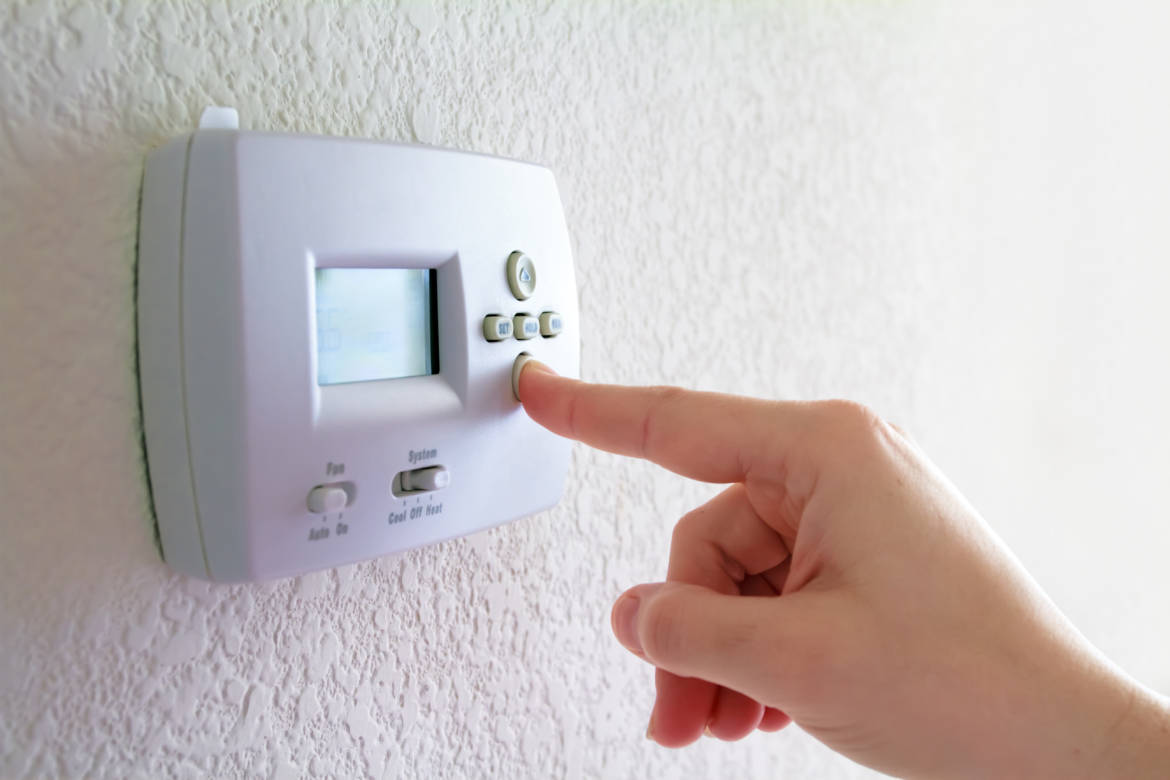Delta T: What it is & Why it Matters

If you’ve had your HVAC system inspected recently, then you may have heard the word “delta” thrown around a lot. There are many “delta” terms used frequently in HVAC industry lingo: Delta P, Delta V, Delta H, Delta C… but in this article we’ll be covering “Delta T”, and why this measurement is important to evaluate your air conditioning.
So, what is it?
Any former fraternity or sorority members out there could surely tell you that “Delta” is fourth letter of the Greek alphabet. In mathematics and chemistry, however, delta represents change, or the difference between two related measurements. The “T” in Delta T stands for temperature; thus, Delta T is the difference in temperature generated by your HVAC unit.
For example, on the cooling side, if the ambient temperature before the air passes through the air conditioner is 78° Fahrenheit, and the temperature of the air after passing through the unit is 58°, the Delta T is 20. This means the air being return from the air conditioner is 20 degrees cooler than the air being supplied to the unit. In the simplest terms, this is the measurement of how much cooler the air is after running through your air conditioner.
Ok, so what?
For the reasons above, Delta T is the primary metric used in calculating the efficiency of your HVAC system. Measuring your Delta T can help alert you to potential issues with your HVAC. Most HVAC technicians will tell you that the Delta T for air conditioners should generally fall between 16 and 22 degrees Fahrenheit.
If your Delta T is very low, it could be an indicator of a faulty or underperforming system. However, your Delta T could also be too high. Determining where your Delta T falls could help point you in the right direction of what problems your HVAC may be facing.
What problems?
When many people hear that their Delta T is too low, they assume it means their refrigerant needs to be recharged. In many cases, they will be right. However, adding freon to the system is not a repair and may not always address the root cause of the problem. A low Delta T could also be a sign of:
- Too much airflow
- Liquid line restriction
- A faulty compressor
- A leak in return air ducts or reverse valves
It could also be the result of unusually high humidity or a broken meter.
A unusually high Delta T could also be an indicator of issues with your HVAC, including:
- A filter that needs to be changed
- A blower wheel or evaporator that requires cleaning
- Low airflow from a small return
- A blower not running quickly enough
- A blower turning the wrong way
Or, this also could be the result of unusually low humidity.
In conclusion…
Knowing your Delta T is an important first step towards helping you (or your HVAC technician) determine whether your air conditioning is performing substandard, and diagnosing the cause of any problems. If your home does not feel as cool as it should be, call an HVAC technician to measure your Delta T and recommend your next step.




